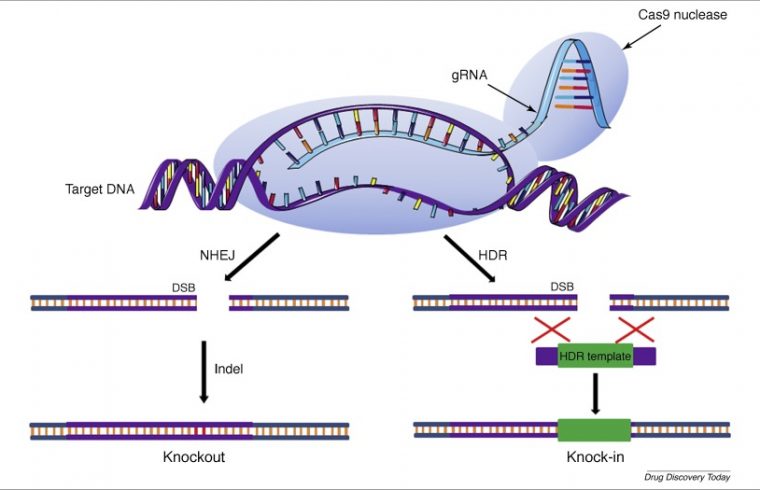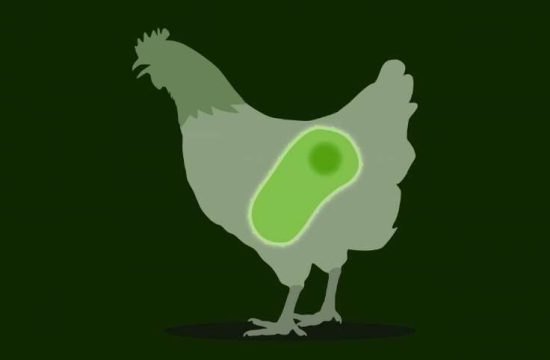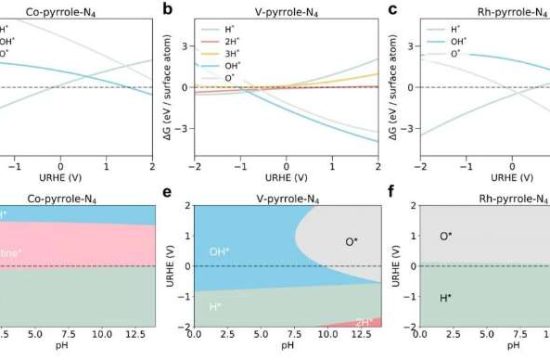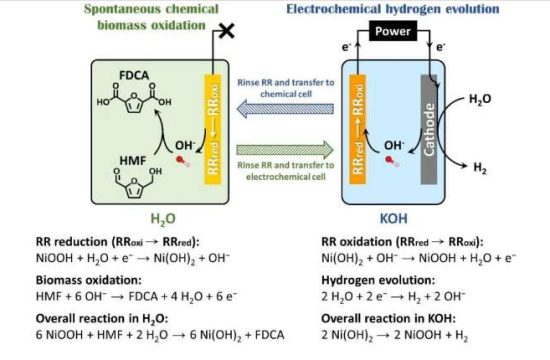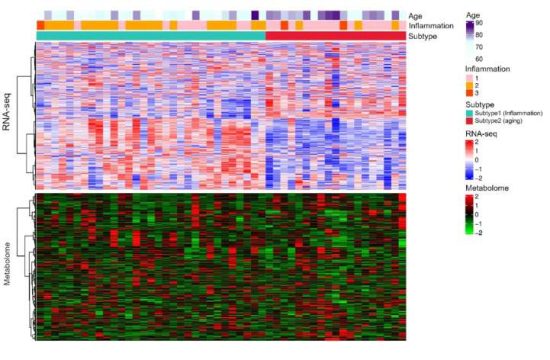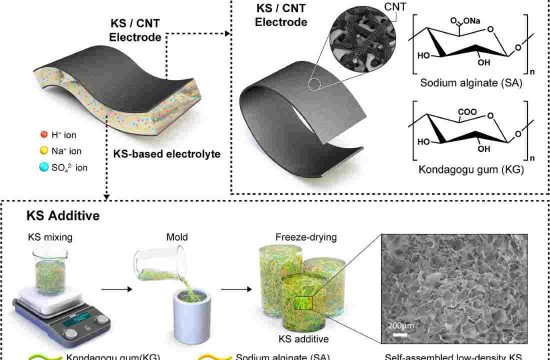Susmita shah
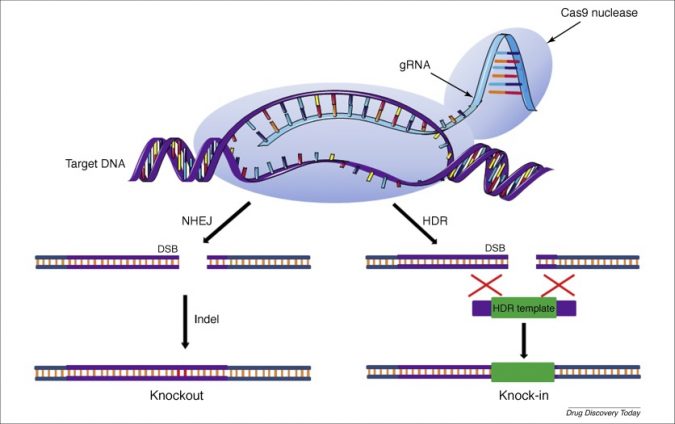
Researchers in Spain have come up with a great way for the selective elimination of cancer cells with the help of the CRISPR-Cas9 technique.
“The step devised in our research offers a prototype for an innovative approach for selective elimination of cancer cells”, as stated in the research paper: In vivo CRISPR/Cas9 targeting of fusion oncogenes for selective elimination of cancer cells, published in Nature Communication.
In this research, the researchers were successful to target the genes responsible for tumor development which leads to the disruption of fusion oncogenes in the cancer cells.
The main objective of this research was to develop a simple, efficient and non-patient-specific- genome editing technique for targeting the genes responsible for the tumor growth i.e. fusion oncogenes (FOs).
According to different researches, cancer cells are found to be addicted to the proteins generated by the expression of FOs, so targeting and eliminating them hinders the production of these essential proteins resulting the apoptosis i.e. death of cancer cells.
Although the mechanism behind this process can be challenging, the FOs targeting approach can open up a new door in the field of cancer treatment, as affirmed by the same research paper.
This technique is based on the specific targeting of two introns i.e. one from each genes working with FO which are responsible for the induction of cancer specific genome deletion.
And this deletion results in the elimination of certain protein domains or changes in the reading frame of the FO inciting apoptosis in FO-driven cancer cells.
In agreement with different in vitro analysis and patient derived xenograft i.e. tissue models, the CRISP-Cas9 mediated targeting of a FO have been shown to be effective for specific tumor growth control.
The study also showed that the CRISPR mediated FO deletion in combination with chemotherapy agents can provide an additive effect in cancer treatment in xenograft models.
CRISPR stands for Clustered Regularly Interspaced Short Palindromic Repeats (CRISPR) while Cas-9 is a protein produced by a gene associated with CRISPR namely Cas gene.
CRISPR-Cas9 as a genetic engineering tool has been adored mainly because of its simplicity, and specificity.
Fusion Oncogenes (FOs) are the genes which are formed by the fusion of two coding sequences during chromosomal rearrangement.
It is known that about 16% of human cancer’s growth depends on FOs so; they can be a great target for gene therapy for cancer treatment, as stated in the research paper.
Reference:


